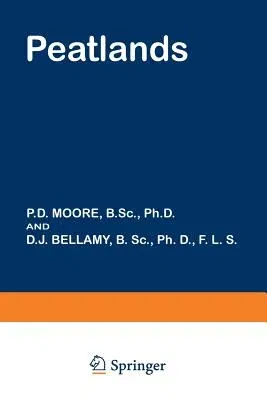For many centuries peatlands have been a source of fascination to
naturalists and scientists. When the itinerant John Leland passed
through the peatlands of Central Wales in 1538 his comment was 'The
pastures and montaynes of Cairdiganshire be so great that the hunderith
part of hit roteth on the ground and makes sogges and quikke more by
long continuance for lak of eting of hit'. His observation displays
considerable ecological discernment, for he pinpoints those features of
the peatland ecosystem which serve to differentiate it from all others
and which have fired the imagination of generations of ecologists with
an enthusiasm to understand the processes which Leland observed.
Peatlands are, by definition, unbalanced systems in which the rate of
production of organic material by living organisms exceeds the rate at
which these compounds are respired and degraded. The result is an
accumulation of a proportion of this production (not always the
'hunderith part'!) as an organic deposit which we term peat. As the peat
blanket thickens, the surface vegetation becomes insulated from
underlying soils and rocks, and the resulting environmental changes are
often accompanied by floristic changes which reflect the altered hydro-
logy and chemistry of the peat surface. Peat producing ecosystems, or
mires, are thus dynamic ecological entities, constantly changing,
growing, spreading and eroding.


